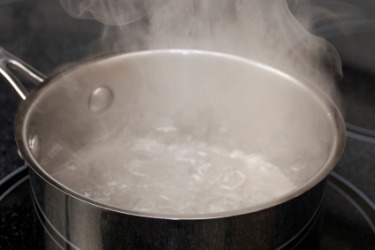Aim: To learn about the rate that different materials decompose.
Hypothesis: I think that the banana would break down first, then the bread and then the paper then the styrofoam.
Materials:
Conclusion:
Materials:
- Paper
- Banana
- Bread
- Styrofoam
- Test Tube x4
- Test Tube Rack
- Water
Steps:
- Put the Test Tube in the Test Tube Rack.
- put the styrofoam in one of the Test Tube.
- Put the Paper in one of the Test Tube.
- Put the Bread in one of the Test Tube.
- Put the Banana in one of the Test Tube.
- put water all of the Test Tube.
- then leave it.
Image:
Findings:
TODAY
|
Colour
|
Change
|
Observations
|
Banana
| yellow/brown | nothing | banana is half of the Tube |
Paper
| brown | nothing | taking up most of the Tube |
Styrofoam cup
| white | nothing | taking up half of the Tube |
Bread
| beige | nothing | taking up most of the Tube |
- The banana is half of the Tube
- The Paper is taking up most of the Tube
- The Styrofoam is taking up most of the Tube
- The bread is taking up most of the Tube
3 weeks
|
Colour
|
Change
|
Observations
|
Banana
| black brown cream | rotten | bottom of the tube |
Paper
| brown | nothing | bottom of the tube |
Styrofoam cup
| white | nothing | halfway of the tube |
Bread
| black white green | rotten | halfway of the tube |
- The banana is half of the Tube
- The Paper is taking up most of the Tube
- The Styrofoam is taking up most of the Tube
- The bread is taking up most of the Tube
5 weeks
|
Colour
|
Change
|
Observations
|
Banana
| black brown cream | rotten | bottom of the tube |
Paper
| brown | nothing | bottom of the tube |
Styrofoam cup
| white | nothing | halfway of the tube |
Bread
| black white green | rotten | halfway of the tube |
- The banana is half of the Tube
- The Paper is taking up most of the Tube
- The Styrofoam is taking up most of the Tube
- The bread is taking up most of the Tube
Conclusion:
We found out that the Banana rotted first then the Bread but the Cup and Paper did not change.
We also found out that the things that we put in the Test Tube changed colours.
We also found out that the things that we put in the Test Tube changed colours.



















